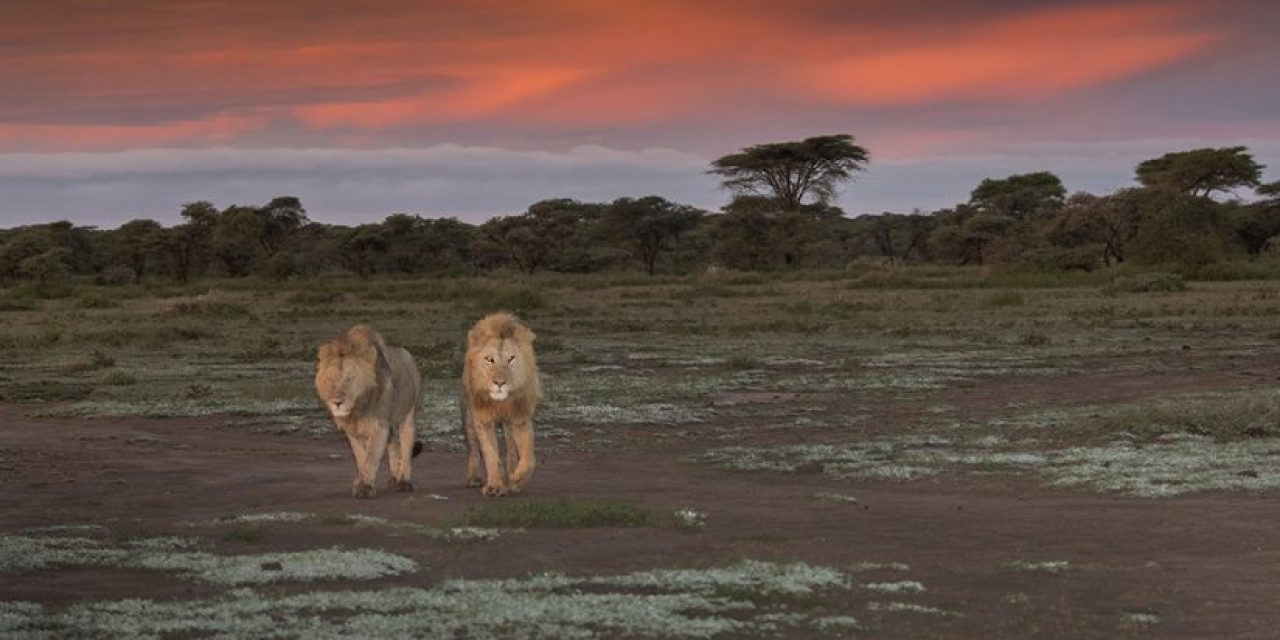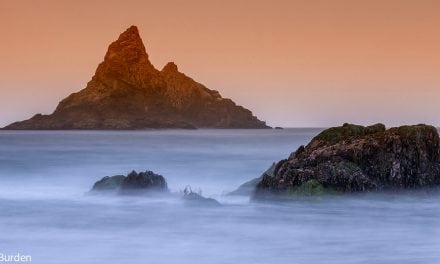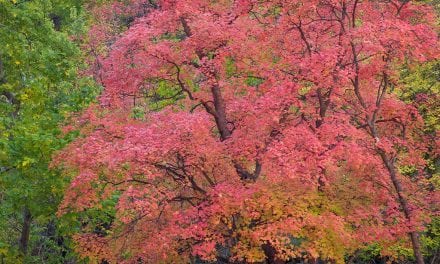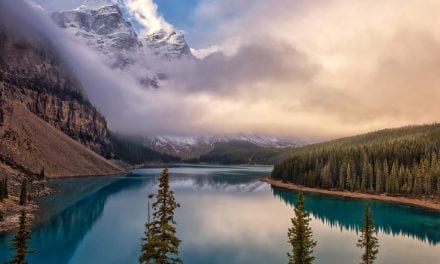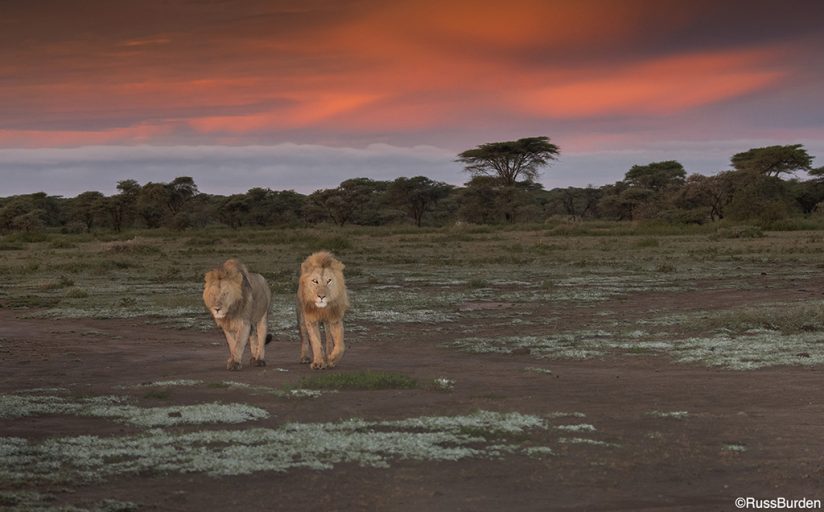
Without light, a digital file can’t be etched onto your sensor and media card. Simply stated, light is essential to create a photograph. The word photography is composed of two parts: PHOTO = light and GRAPHY = to write. Light is the essential ingredient that provides an avenue for the image to eventually be driven onto your computer.
That being said, light constantly changes and comes in all different qualities. To produce a good photo, a photographer needs good light. During each photo safari, workshop or tour that I run, I always state, “It’s All About The Light.” I profess I’d rather shoot a mundane subject in great light than an awe-inspiring one in flat, gray light. To bring your photography to the next level, learn how to read light and know how to augment it and exploit it to its fullest when bestowed.
My favorite times of day to make photos are sunrise and sunset. The light is warm, the angle is low, it bathes the subject in golden tones and it triggers the beginning of a new day or brings a spectacular close to an already good one. Be it the howl of a coyote or the lyric of a perched meadowlark, the multi-sensory experience of sight and sound during these two times is glorious. Morning imparts a pre-dawn glow that awakens each new day and bathes it in hues of red and orange. The same happens at sunset with the exception that dusk supplies a slightly different color and sharpness. With the sun just above an eastern or western horizon, it hugs all it touches in fiery hues. The visible world is caressed by long shadows, shapes and textures. Both are magical times of the day.
As difficult as 4 a.m. wake up calls can be, what inspires me to crawl out of bed to capture sunrise light is the exhilaration I know I’ll soon experience. My adrenaline starts to pump as I anticipate the magnificence of dawn’s first light. My internal smile becomes external. I feel incredibly alive and thankful to be a photographer.
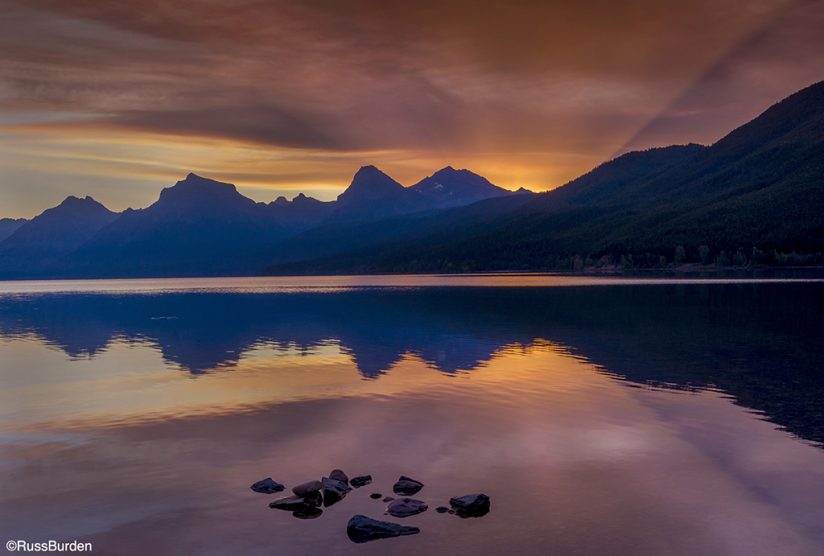
Upon arriving at my destination, both my excitement and anticipation attain yet a higher level. I double-check all settings to make sure I’m ready to set a minus compensation to avoid blowing out the red channel, I have the proper ISO dialed in, I’m in Aperture Priority as this is the method I prefer, I have plenty of room on my card and my batteries have a sufficient charge. I run through my trigger words to remind me to shoot verticals as well as horizontals, look for details and look at the scene with both telephoto and wide-angle eyes. In essence, I “Exhaust All Possibilities,” another one of my tag lines. As excited as I get, I remind myself to not make hasty errors.
The warm tones and long shadows of sunrise don’t last long. If mistakes are made, there’s no way to recreate what just occurred. The sun rises higher in the sky and as a result, shadows are shorter and the light is cooler. Even returning the next day, the same light won’t be reproduced in that each sunrise is unique unto itself. Variables that influence every sunrise are moisture in the air, thick clouds, thin clouds, pollution, haze, smoke, storms, etc.
Before the sun ascends above the horizon, extremely dramatic skies may await the prepared photographer. Be it a clear sunrise that produces a glowing red horizon or one with high thin clouds that ignite the sky in a blaze of color, dawn is a great time to make photographs. Approximately 15 minutes prior to the scheduled sunrise is when the magic begins to happen.
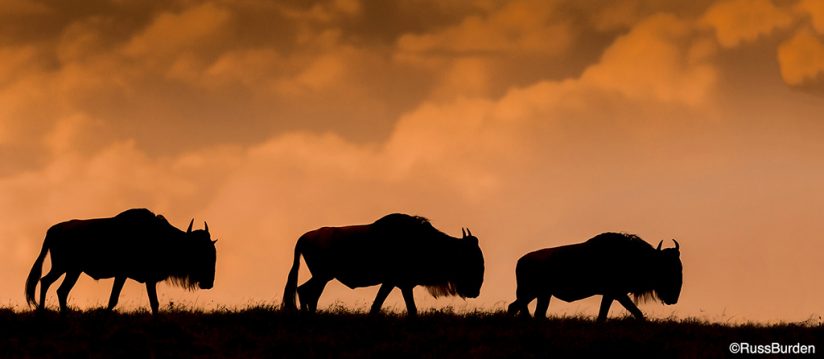
The exact location where the sun rises, the horizon begins to glow. At peak time, a band of red appears. It gradually flows into a band of orange and then yellow. This tapers off to more of a white, which transitions into light blue. Higher in the sky, the blue grows progressively darker. From very warm to very cool, a dramatic backdrop unfolds. What causes this color transition to occur, especially the warm tones close to the horizon, is that wavelengths from the blue spectrum are absorbed by the air and scattered. This allows the warmer colors of red, orange and yellow to pass through. The blues and violets are filtered out; therefore, the low horizon is caressed in more appealing hues. From wildlife to landscapes to seascapes and more, subjects shot in sweet light make better images.
On mornings when puffy cumulus clouds hover in the eastern sky, dramatic color is likely to occur if the sky below the horizon is clear. Their undersides reflect the warm tones of the rising sun. If you’re lucky, they’ll turn shades of pink, red, orange and yellow. Most foreground material will be in silhouette, so look for subject matter with great shape and form. Winter trees, characteristic rock monoliths, people on hillsides and skylined wildlife all make potentially great subjects.
Base your meter reading on the sky. This will turn the silhouette black. Make a bracketed series of exposures and create an HDR photograph if you want to show detail in the darker areas. Color and drama in the sky are important to make the photograph work. The more saturated it becomes, the stronger the image. I’d rather make my choice as to which version I prefer when viewing it on my monitor as opposed to wishing I had shot a bracketed series on location.
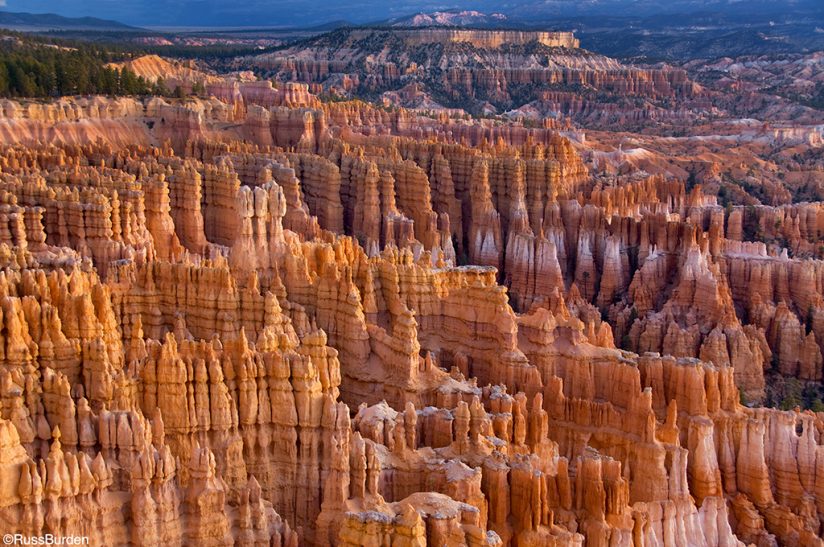
When the peak colors of dawn dissipate, you’ll have a few minutes before the sun crests the horizon. During this time, look for subjects that are illuminated by warm bounce light. At the moment the sun crests the horizon, make some exposures using an aperture of ƒ/22 to create a sunstar effect. Once the sun is fully visible, look for side-lit landscapes. It’s best to have a side-lit landscape subject 90 degrees from the sun because it creates maximum polarization in the sky. This provides a deeper saturation of the blues. Be careful to not over-polarize since you don’t want to wind up with a false look to the intensity of the blue.
Side-lit landscapes reveal more intense shapes, forms and textures. Patterns and design elements are dramatized as warm light rakes across every item it paints. Shadows and highlights produce areas of intrigue attainable only when the sun is at the horizon. It’s the low angle of the sun that produces the textures and warm light effects. In the summer, the sun rises quickly so you have to work fast. Fall and spring allow you additional time. Winter sunrises provide the longest sweet light as the sun tracks the horizon rather than shoots straight up.
Be sure to read next week’s Tip of the Week to gain insight into mid-day and overcast light.
Visit www.russburdenphotography.com for information about his nature photography tours and safari to Tanzania.
The post When It Dawned On Me, Part 1: Sunrise appeared first on Outdoor Photographer.

